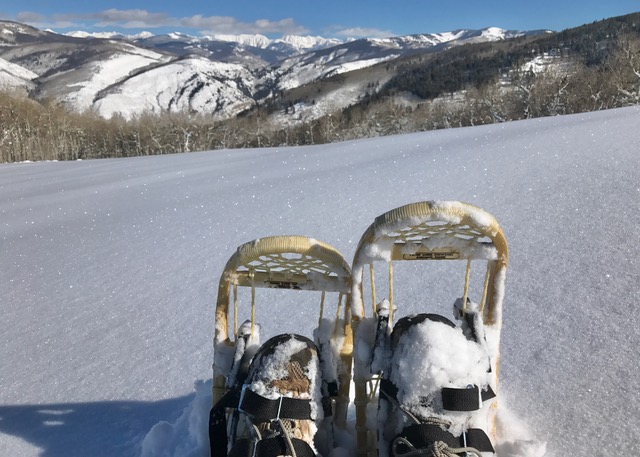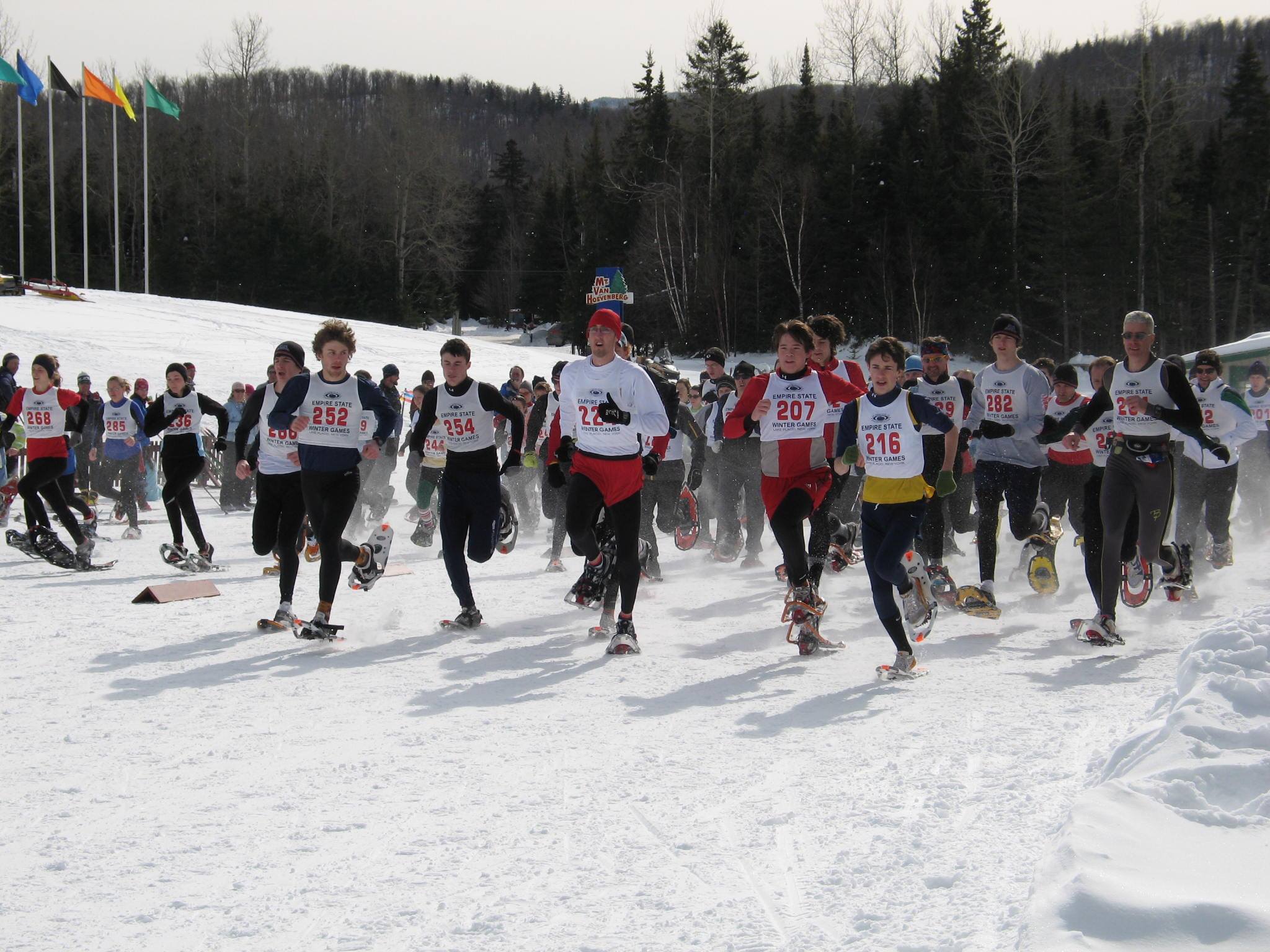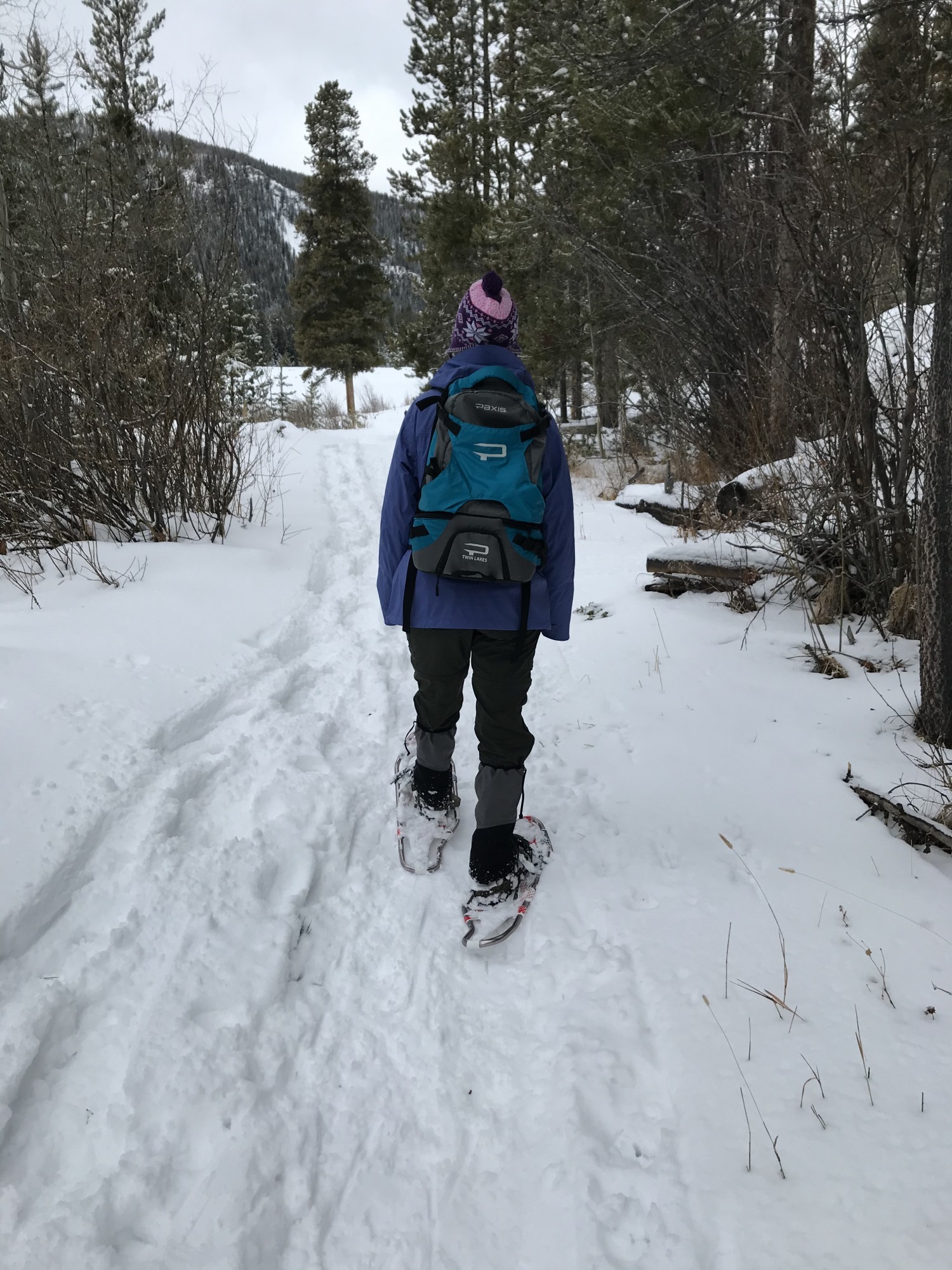“Suffering is the sole origin of consciousness” –Dostoyevsky
Although the snow is receding across the globe it is not the time to become complacent about your snowshoeing. Spring is an opportune time to downshift, reflect, and plan your off-season workout schedule – it will snow before you know it.
Inversion may be just what you need to heal your body and stimulate your brainwaves. Consider it a “whole body cleanse” under the guise of wellness therapy. Inversion offers many year-round benefits to the snowshoer when practiced each day.
The benefits of snowshoeing are offset by gravity. Inversion is one way to restore harmony to your body with minimal effort. Decompression is the key to thwarting the effects of gravity. A healthy body will enhance your snowshoeing endeavors.
Sounds like a good time to hang upside down.
History
Hippocrates instigated the concept of inversion in 400 B.C. when he tied a patient to a ladder with ropes and pulleys to relieve back pain. He considered it a reversed form of gravity. It was rendered an obscurity for centuries thereafter.
Dr. Robert Martin, a physician, osteopath, and chiropractor from California developed the Gravity Guidance System in the 60s. He touted the positive effects that gravity had on the human body. Gravity boots and other apparatus were popularized in the 80s and reached its zenith in sales.
Manufacturers cut corners and a medical study by Dr. Goldman brought inversion to a new low. The report cited that inversion induced increased blood and internal eye pressures, thus, maximizing the potential for stroke. Inversion went from a multi-million dollar industry to near extinction.
Dr. Goldman reported new findings in a report two years later that reversed his previous citing. He professed that the dangers related to inversion were ‘grossly inflated’ and that the public ought not be alarmed. University studies proved that you are no more a stroke risk whether inverted or ambulatory thanks to the inherent healing capability of your body.
Chiropractors, physical therapists, sports medicine professionals, naturopaths, and other practitioners began to implement inversion as a therapeutic option in the 80s. The reputation of inversion has steadily strengthened due to its numerous benefits cited by a variety of independent medical studies.
Benefits
Hanging upside down like you may have done in grade school has plenty of value for snowshoers. There are no age restrictions. It is never too late to reap the benefits.
Inversion helps mitigate the stress incurred through exercise. Lactic acid is flushed from your muscles through inversion thereby stimulating recovery – a perfect time to review a map for perhaps one last excursion in the snow.
The most dramatic effect gravity imparts on your body is compression of your spine. Spinal health is a vital component of your wellness. Consider it command central respective to your daily regimen. Just as proper hydration will enhance your snowshoeing; moisture in your discs will enhance spinal flexibility. Inversion will temporarily relieve back pain by elongating your spine. It will increase the space between your vertebrae and relieve pressure on your discs, ligaments, and nerves emanating from your spine. Decompression means less pain – which means prolonged snowshoeing for you.
The process of inversion for temporary back pain relief could be construed as nothing more than perpetuating a vicious cycle. This begs many questions respective to human behavior – why do we repeatedly spend money watering our lawns just to cut the grass that we have delicately nurtured? The same principles could apply to inversion.
Pain dramatically affects your body. Even temporary relief from the pain will improve your life. Inversion relieves the stress and pain incurred from daily life so that you can live your life.
Find some of the benefits from inversion below:
*Strengthens ligaments;
*Improves posture;
*Elongates your spine;
*Reverses effects of gravity;
*Improves lymphatic flow;
*Increases circulation;
*Enhances oxygenation;
*Relieves muscle tension;
*Enhances joint decompression;
*Relieves stress;
*Normalizes ear canals;
*Improves balance;
*Varicose veins treatment;
*Increased flexion;
*And much more.
Contraindications
Consult with your physician before commencing an inversion program or any other exercise regimen. Find some health conditions that may preclude or limit your inversion program. The following is not an exhaustive list.
*Uncontrolled high blood pressure;
*Circulatory and heart disorders;
*Hiatal/ventral hernia;
*Glaucoma;
*Conjunctivitis;
*Low bone density;
*Middle ear infection;
*Pregnancy;
*Retinal detachment;
*Spinal injury;
*Stroke;
*Transient ischemic attack;
Versatility
Inversion imparts more than merely hanging upside down. The degree to which you invert is dependent upon your needs and acclimation tolerance. It is typical practice to invert 20-30 degrees for a few minutes each session and adjust to full inversion (90 degrees) through gradual progression and consistency. Most health care practitioners recommend intermittent traction and/or oscillation.
Snowshoers can include a variety of exercises on his/her table from stretching, crunches, squats, extensions, and so forth at varying degrees to receive further benefits. There is an extensive list of accessories available from handles, tether straps, foam pads, and the like dependent on manufacturer.
Prices vary dramatically among manufacturers and distributors. There are several discounted inversion tables and chairs available from online distributors such a Zearth.com, AllegroMedical.com, and so forth. Specialty retailers (Better Back Stores…) sell versions of these products priced $500 and more. HSN.com features Teeter Hang-Ups—long considered the benchmark for inversion products—at a reduced cost ($299) with shipping included along with instructional videos.
Check with specialty retail outlets, physical therapy centers, chiropractors, and other health care practitioners to test inversion after receiving approval from your physician. You will notice its benefits within minutes at any angle.
Inversion offers snowshoers a lightweight, easy-to-use method of improving your wellness. I challenge you today to revamp your snowshoeing goals from a refreshing, healthful, different angle. Hanging upside down may provide a new perspective on more than just snowshoeing.
Sources
*Nachemson Study;
*The Physician and Sports Medicine;
*Journal of Orthopedic and Sports Physical Therapy;
*Dimberg Study – Gravity Facilitated Traction;
*Inverted Spinal Traction Study;
*Encyclopedia of Natural Medicine;
*The Journal of Wellness;
*Physical Medical Rehabilitation Journal;
*Teeterhangups.com;
*HSN.com;
*Zearth.com;
*AllegroMedical.com;
*The Winter Athlete, by Steve Ilg;
*Nature’s Cures, by Michael Castleman





